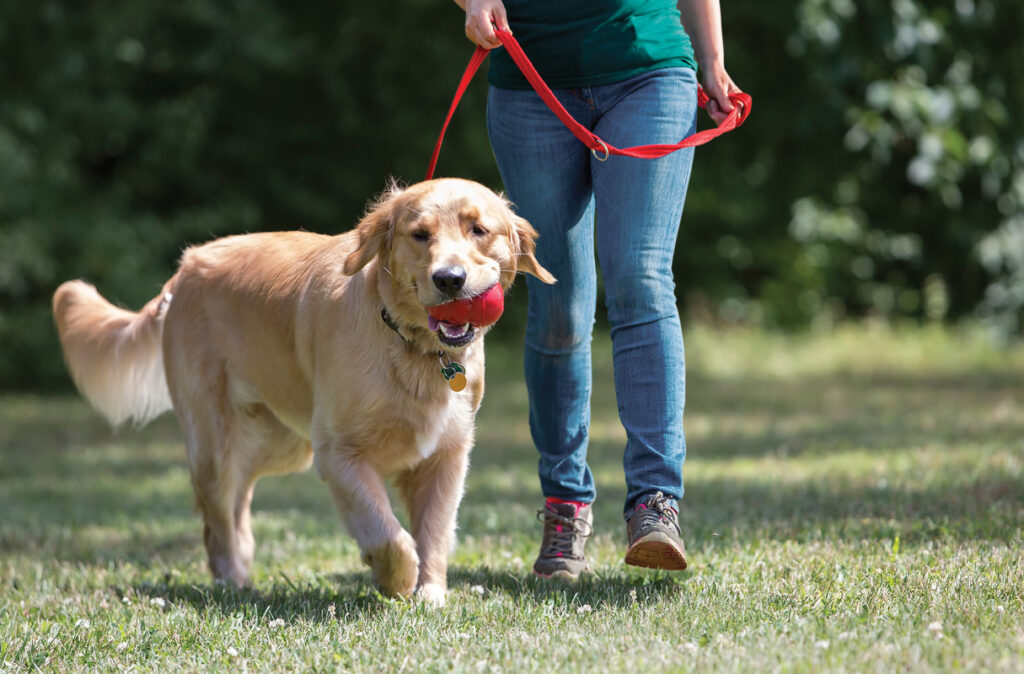When bringing a new kitten home, it’s appealing to think that your older cat will automatically “adopt” this kitten as a new companion. Your older cat can show them the ropes and be a loving cuddle buddy. Nothing would warm your cat parent’s heart up more than you two furry friends playing together day after day.
Instead, your cat is not excited at this new arrival and shows this by hissing at the new kitten. Despite your disappointment that the two didn’t hit it off immediately, this is normal cat behavior, and it can be rectified. There is a possibility that your two cats may not hit it off as best pals, but with your help, they can exist in the same home peacefully.
Let’s discuss why your cat may not be the most obliging resident of your home and how to help them welcome your new kitten with open paws.
Why Is My Cat Hissing?
Cats are territorial creatures. For your already residing cat, they have been the king or queen of their domain for as long as they can remember. They will want to “defend” their home turf from any new visitors. This will include spots that your cat has claimed as theirs, like their food bowls and litter box.
Jealousy can also be a catalyst for aggressive behavior. Your cat does not want to give up any of your affection or attention to this newcomer. They may hiss to show that they are not welcome.
When bringing a new kitten into the home, it must be done carefully and gradually. Patience is key here, but with time a full introduction can be smoothly accomplished.
Gradual Introduction
A gradual introduction is the best way for your new kitten and resident cat to get used to each other. This process may take a few days to a few weeks. In some cases, it may take a few months. Always carefully observe your cats. If you see any aggressive behavior, then you may need to back up a step and try again after some time has passed.
Separate Rooms
Before bringing your new kitten home, set up a separate space for them so they will be able to acclimate to their new surroundings peacefully. This area should have their own food and water bowls, litter box, and tranquil spot for sleeping and resting. You can also include a few toys, as we know kittens are playful.
After bringing your kitten home and getting them comfy in their spot, visit your other cat(s). They will immediately smell the new kitten on you. As they smell this new scent, positively reinforce the idea of this newcomer by providing your older cat treats, pets, and loving words.
For the first few days, it may be a good idea for the cats to exchange rooms but not be within each other’s company. This will allow each of the cats to get a good sense of their new companions’ smell and also leave theirs. Be sure to positively reinforce that this scent is a good thing by offering treats.
Face-To-Face Meeting
When your cats have had ample time to get used to each other’s scent, you can facilitate the first face-to-face meeting. Although you may be tempted to use a baby gate to separate the two cats, remember that cats can easily climb over baby gates. You may have a battle royale on your hands if the first meeting isn’t as successful as you would like.
A safer alternative would be to place your new kitten in a carrier and take it to your resident cat’s space. Allow your cat to approach the carrier, offering treats if necessary, and give them plenty of time to sniff and observe each other.
Be sure to keep a lookout for any aggressive behavioral cues from your cat, like flattened ears or dilated pupils. Straightened tails and arched backs also are cues that your cat is feeling aggressive. If your cat does become aggressive during this first meet and greet, your new kitten is contained, and you can easily remove the carrier and try again at another time.
Repeat these visitations for a few days. If you see that your older cat is a little apprehensive, you can reduce the time the kitten is brought out to visit. Slowly increase contact again until they are comfortable in each other’s company.
In Each Other’s Company
After successfully introducing your kitten to your cat via carrier, you can start to bring your kitten out of the carrier and into your older cat’s company. Depending on the interactions you observed while your kitten was in the carrier, you can put both cats in harnesses and a leash for easy separation in case things do go awry.
Keep these visits brief, and offer lots of treats and loving pets. You want your kitten and cat to associate each other with good things. You can also schedule feeding times during visits so that your cat associates the kitten with being fed—always a good reason to get along!
Gradually increase the times on these visits until you are able to leave your kitten and cat out together for long periods of time. You’ll be able to determine how their relationship is growing and can backtrack on the time they spend in each other’s company.
Following these gradual steps can help the introduction between your kitten and cat smoothly. Even if they do not become each other’s “best friends,” they will be able to coexist harmoniously in your home.
After Introductions
After your new kitten and cat have been introduced, continue to keep a close eye on them as their relationship is just beginning. One important thing that cat parents can ensure is that each cat has their own space for eating, using the bathroom, and resting.
Providing enough for your cats helps ensure that they are not competing with each other for food bowls or litter boxes. Having to compete will surely increase any aggression towards each other.
Cats do occasionally get into spats with each other, and it may happen with your cat and kitten. Your kitten may be too playful for your cat and may annoy them too much. Or your kitten may make the mistake of trying to eat from the older cat’s bowl. If your kitten and cat do get into a spat with each other, try to separate them as quickly and safely as possible.
Keeping All Parties Safe
Don’t try to put your hands on cats if they are fighting, as you can get hurt in the process. Instead, separate your cats with pieces of plastic or cardboard. An overturned laundry basket may be a tool in your arsenal to safely separate two fighting cats from each other.
Kittens are fairly playful, so be sure to keep your kitten busy with opportunities to get their energy out. Laser toys, scratching posts, battery-operated toys, and treat puzzles can offer your kitten stimulating time during the day. Your older cat may also enjoy interacting with these toys as well, making it a positive experience with your new kitten.
For your older cat, providing a cat perch is a nice way to give your older cat a space to get away from the kitten if they are feeling slightly annoyed. Make sure you are giving your older cat attention and love as they come to share their domain with the younger kitten.
Although your older cat may signal to the younger kitten that they are still king or queen of the house, they will be more relaxed about sharing their space.
Feline Friends for Life
Introducing a new kitten in the house can be a stress-inducing time for you and your older cat! Being prepared for and patient during the introduction process can keep your kitten and cat from being foes and enjoying each other’s company. Pretty soon, you may see both of your cats grooming each other and cuddling together during naps.
If your older cat is still showing signs of aggression, making an appointment with your vet is important to determine if there are additional behavioral steps that you can take to create a peaceful environment in your home.
If you need an expert opinion on cat behavior or a sounding board on your next steps, you can reach out to the AskVet veterinarians through your KONG Club account. They are experts who can guide you in the right direction of a cat-friendly space. There is never any need to make an appointment; you can get the help you need right away, at any time of the day or night.
Sources:
Feline Behavior Problems: Aggression | Cornell University College of Veterinary Medicine
Introducing Your New Cat to Your Other Household Cats | UC Davis School of Veterinary Medicine



